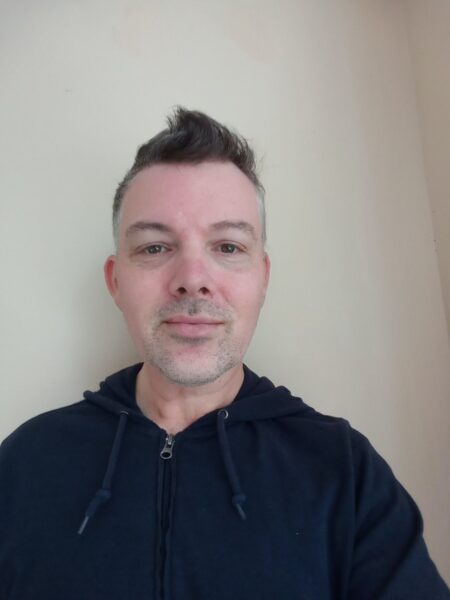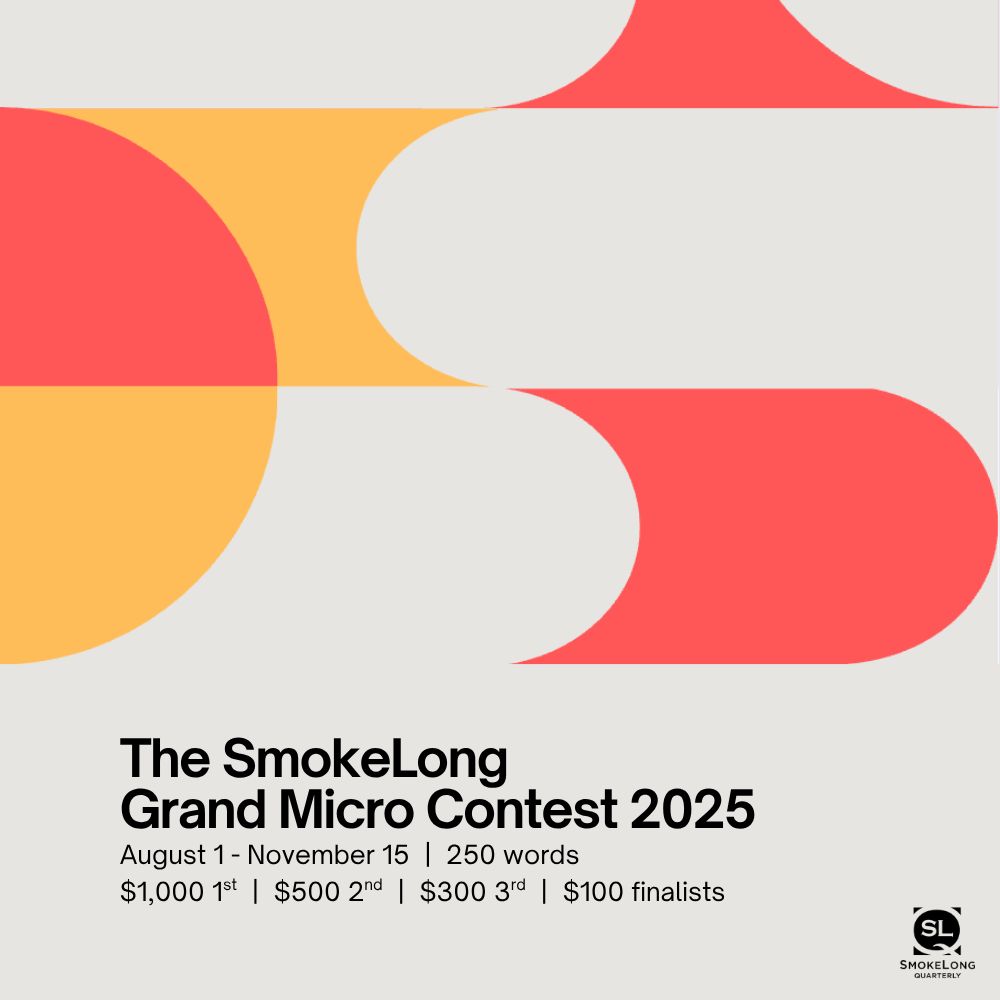What inspirations did you draw from when writing this story?
I actually sketched this out a few years ago and forgot about it. The idea came to me after a tense incident during a trip to Central America. I recalled the piece a few months ago when I flew into Toronto and thought I should revive it.
The story feels like a dream, in the way that dreams can be bizarre and nonsensical. What was your motivation behind this?
It’s a natural mode for me to work in, I guess. Dreams have their own sometimes inscrutable internal logic. This makes them good fodder for short prose. I write a lot of pieces for my blog, Without a Gun, this way. I find the “in this one” tag to be helpful in getting started sometimes, though I usually delete it from final drafts.
Your imagery and descriptions are really vivid; I particularly liked “The form is tattooed with geometric shapes.” How important was it for this story to have succinctly specific details?
Thank you. The more specific and weird the details, the more immersive the experience, I think. It’s the difference between saying “Dude, this crazy thing happened to me,” and “Come see what all of this looks like from the dentist’s chair.”
As it pertains to the title, can you tell us more about the bird?
This was a real story I heard about the quetzal bird in Guatemala. There was a national expo some years back and so much of the local wildlife had been extinguished that the organizers felt they had to improvise in the way described in the story.
What are the key elements you like to focus on when writing flash fiction?
I like to map out an arc early in the drafting process. The movement can be narrative, emotional, or even stylistic, but it’s important to have a sense of shifting momentum to keep the reader’s attention, and an endpoint to build toward.



 The SmokeLong Grand Micro Contest (The Mikey) is now an annual competition celebrating and compensating the best micro fiction and nonfiction online.
The SmokeLong Grand Micro Contest (The Mikey) is now an annual competition celebrating and compensating the best micro fiction and nonfiction online.